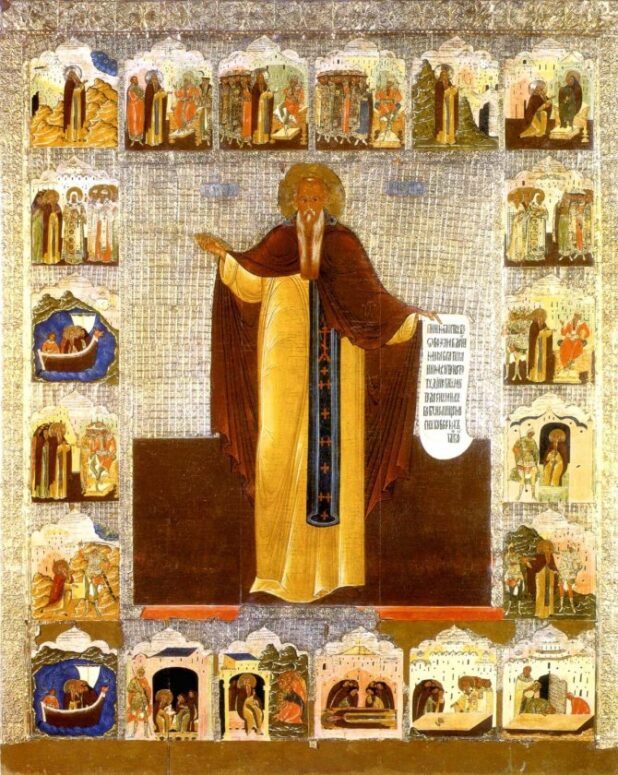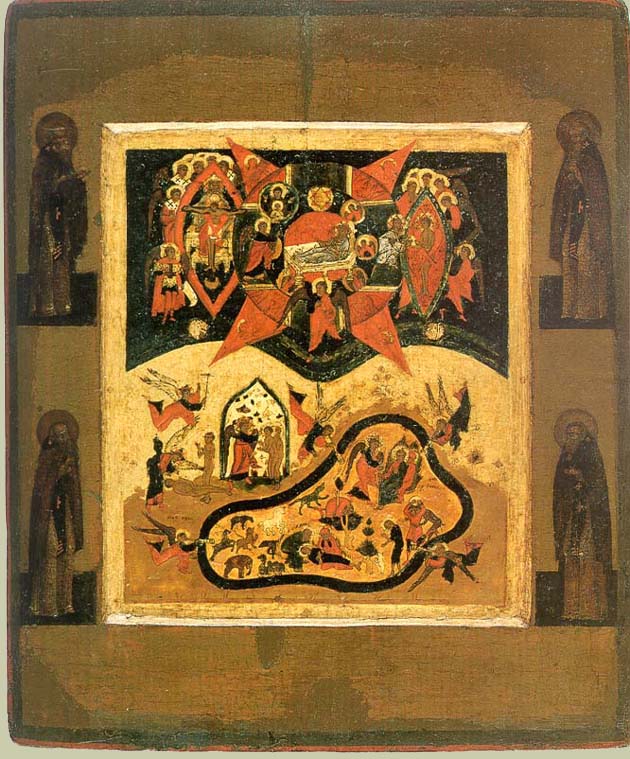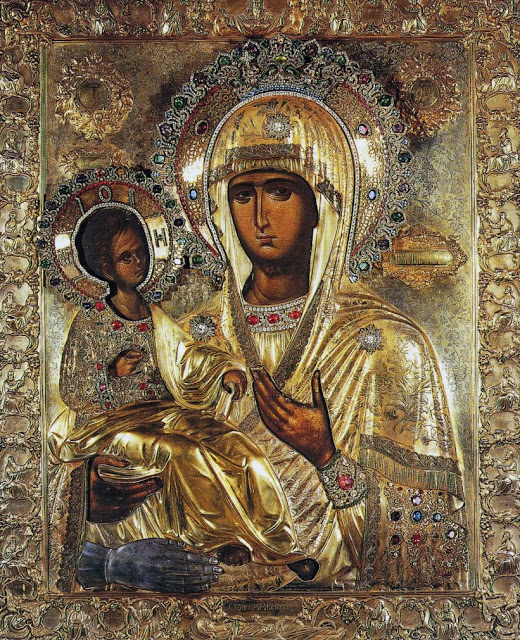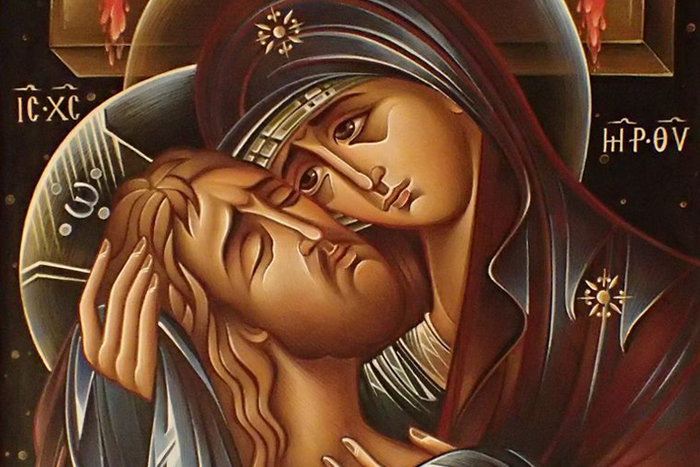
Dmitry Trofimov, head of the Tsargrad creative workshops answers.
Almost every icon has a customer, but only one family of patrons gave their name to a whole trend in Russian art. Stroganovs are the dynasty of merchants and industrialists who, beginning from the sixteenth century, confidently developed the lands of Kama* and Perm, built temples and ordered icons, primarily for the churches of their northern fiefdoms in Solvychegodsk, Veliky Ustyug and Perm.

Stroganovs opened their workshops and called them icon-painting “chambers”. Artists who worked there signed their icons, making their names known in our age. For example an icon of St Maximus the Confessor is signed: “By the order of Maxim Yakovlevich Stroganov, painted by his man, Istoma Gordeev.”

Because Stroganovs owned almost a third of the country’s land, and their orders were carried out by many various artists, the iconographic style representing Stroganov School is quite versatile. And yet all these icons have common features. Among them is the virtuosity of technique, as well as the freshness of colors and, most importantly, the depth of theological interpretation showing the attitude to the icon as to an artistic reflection on the Divine disposition.

The masters turned to rare subjects, for example, “The Holy Trinity with Scenes from Genesis” or the liturgical composition “As Cherubs”. The images of “Sophia, the Wisdom of God”, “The Mother of God of the Untamed Mountain”, “The Mother of God on the Throne” are also excellent exponents of Stroganov school.

The Stroganov icon painters created wonderful multi scene hagiographic icons describing in great depth the lives of saints from the first centuries of Christianity, e.g. the heavenly patrons of the prominent merchant family members, Maximus the Confessor or Nicetas the Goth.
* Kama – a river in Northern Russia
Translated by The Catalogue of Good Deeds
Source: https://foma.ru/chto-takoe-stroganovskoe-pismo.html




